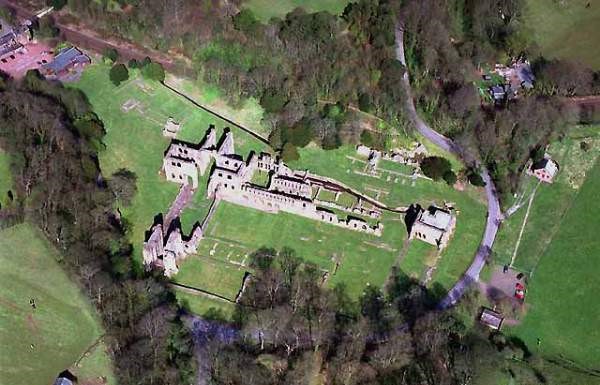 >
>
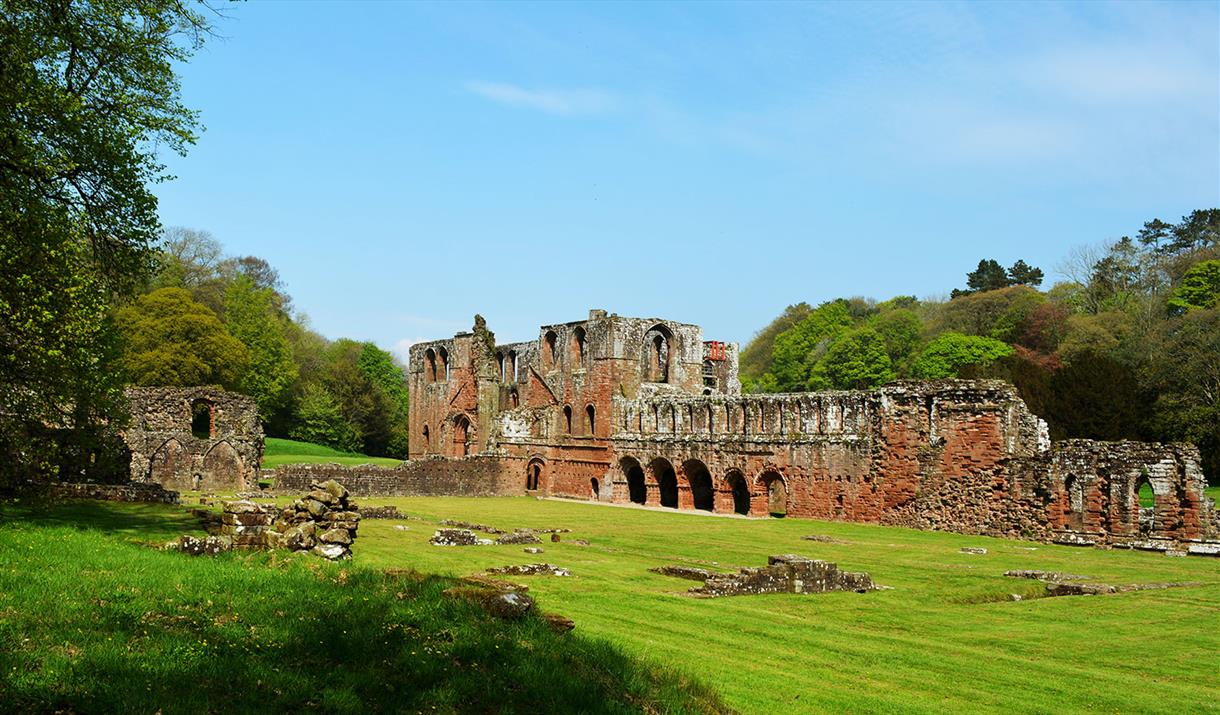 >
>
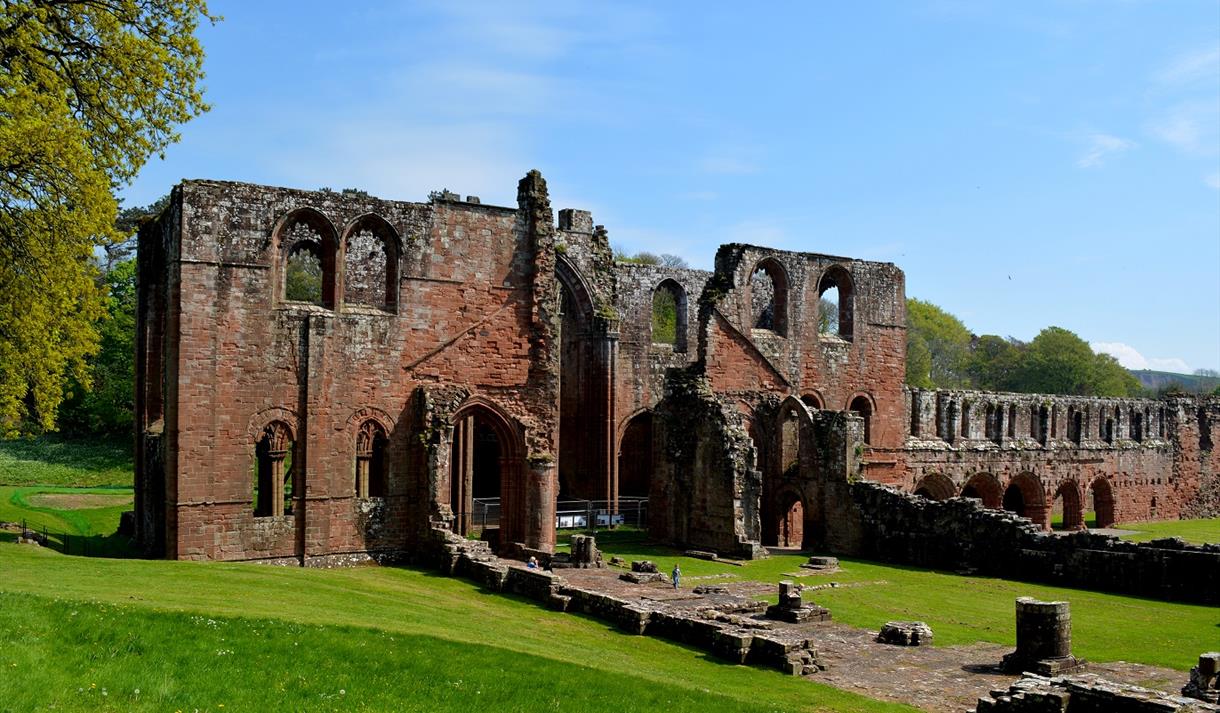 >
>
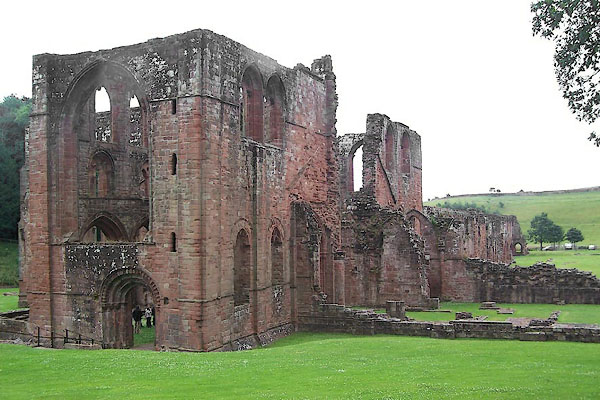 >
>
 >
>
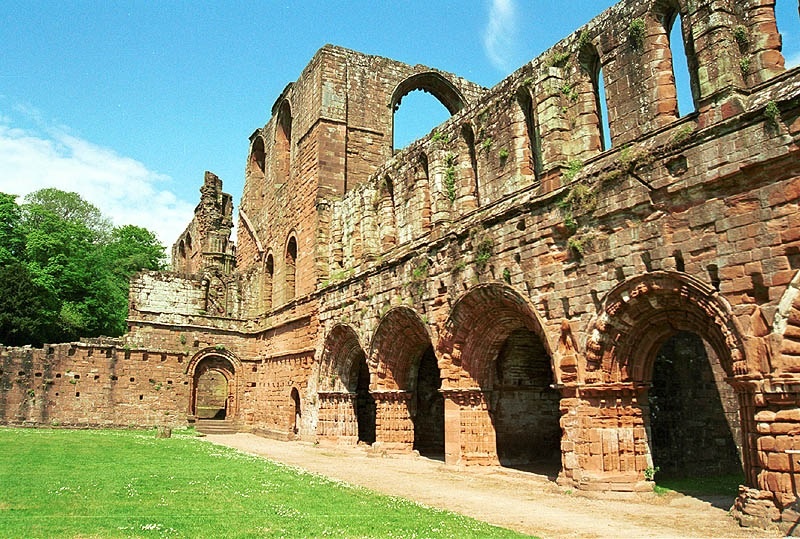 >
>
Furness Abbey: A Cistercian Powerhouse in CumbriaA Valley of Whispers Imagine standing in the valley where Furness Abbey was built, back in the year 1300. Breathe in the crisp air, scented with pine needles and damp earth, a fragrance unique to this secluded corner of Cumbria. The ruins rise before you, majestic even in their weathered state. The warm red sandstone, quarried from the nearby hills, glows in the sunlight. Run your hand along the cool, rough-hewn stones, imagining the hands that shaped them centuries ago. This was the "Vale of Nightshade," chosen by the monks for its isolation, a sanctuary for prayer and contemplation. #FurnessAbbey #History #Cumbria #Monastery #Cistercians A Symphony of Stone and Spirit Step through the grand entrance, and the scale of the abbey unfolds. Feel the chill of the stone beneath your feet as you walk where monks once walked. Picture them in their white habits, their voices echoing through the vast spaces with the sound of Gregorian chants. The air, once thick with incense, now carries the whisper of the wind through the empty windows. This is the legacy of the Cistercians, who, in 1147, transformed Furness into a masterpiece of architecture and a powerhouse of faith. Industry and Ingenuity But silence wasn't the only sound here. Imagine the clatter of the kitchens, the rhythmic pounding of the blacksmith's hammer, and the bleating of sheep in the surrounding fields. The Cistercians were not just men of prayer; they were skilled farmers and shrewd businessmen. Picture the monks tending their flocks, their wool a source of immense wealth for the abbey. The monks' ingenuity extended to water management, as evidenced by the impressive system of channels and sluices that powered the abbey's mill. This mill, located somewhere along the Mill Beck, a short distance downstream from the main abbey complex, would have been a vital part of the abbey's infrastructure, grinding grain for bread and providing power for other essential tasks. A Legacy Etched in Stone The Dissolution of the Monasteries in the 16th century brought this vibrant life to an end. The monks were gone, their voices silenced. Yet, stand in the vast, empty shell of the church, and you can almost hear the echoes of their chants, see the flickering candlelight on the stone walls, and feel the weight of history pressing down on you. Today, Furness Abbey is a place of quiet contemplation, where the past whispers to those who listen. Walk through the ruins, feel the texture of the stone, and imagine the lives lived within these walls. Key Facts about Furness Abbey: ● Founded: 1123 by Stephen, Count of Boulogne ● Orders: Savignac (1123-1147), Cistercian (1147-1537) ● Significance: A major Cistercian monastery, renowned for its wealth and influence in the wool trade. ● Dissolution: Surrendered to the Crown in 1537 during the reign of Henry VIII. ● Present Day: A well-preserved ruin and popular heritage site. A Visit to Furness Abbey If you're planning a visit to Furness Abbey, be sure to: ● Explore the Ruins: Wander through the abbey's ruins, marvelling at the scale and intricate details of the architecture. ● Visit the Visitor Centre: Learn more about the abbey's history and the people who lived and worked there. ● Enjoy the Peaceful Surroundings: Take a leisurely stroll through the abbey grounds, soaking up the tranquillity of the natural setting. A Timeless Tapestry Furness Abbey is more than just a collection of stones; it is a symphony of senses, a testament to the enduring power of faith, industry, and human artistry. As you explore its ruins, you'll be transported back to a bygone era, where monks and artisans laboured side by side, shaping the course of history.